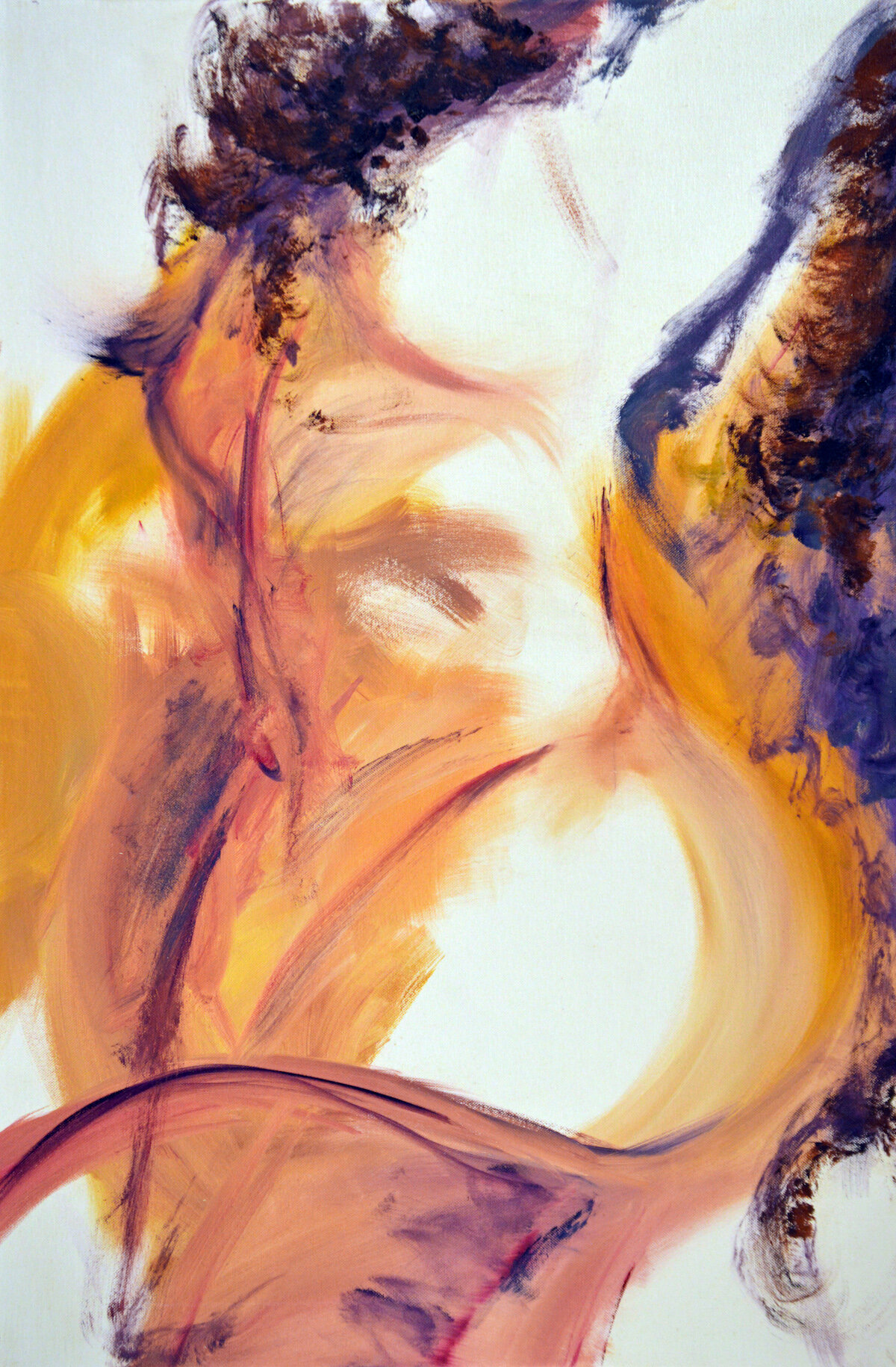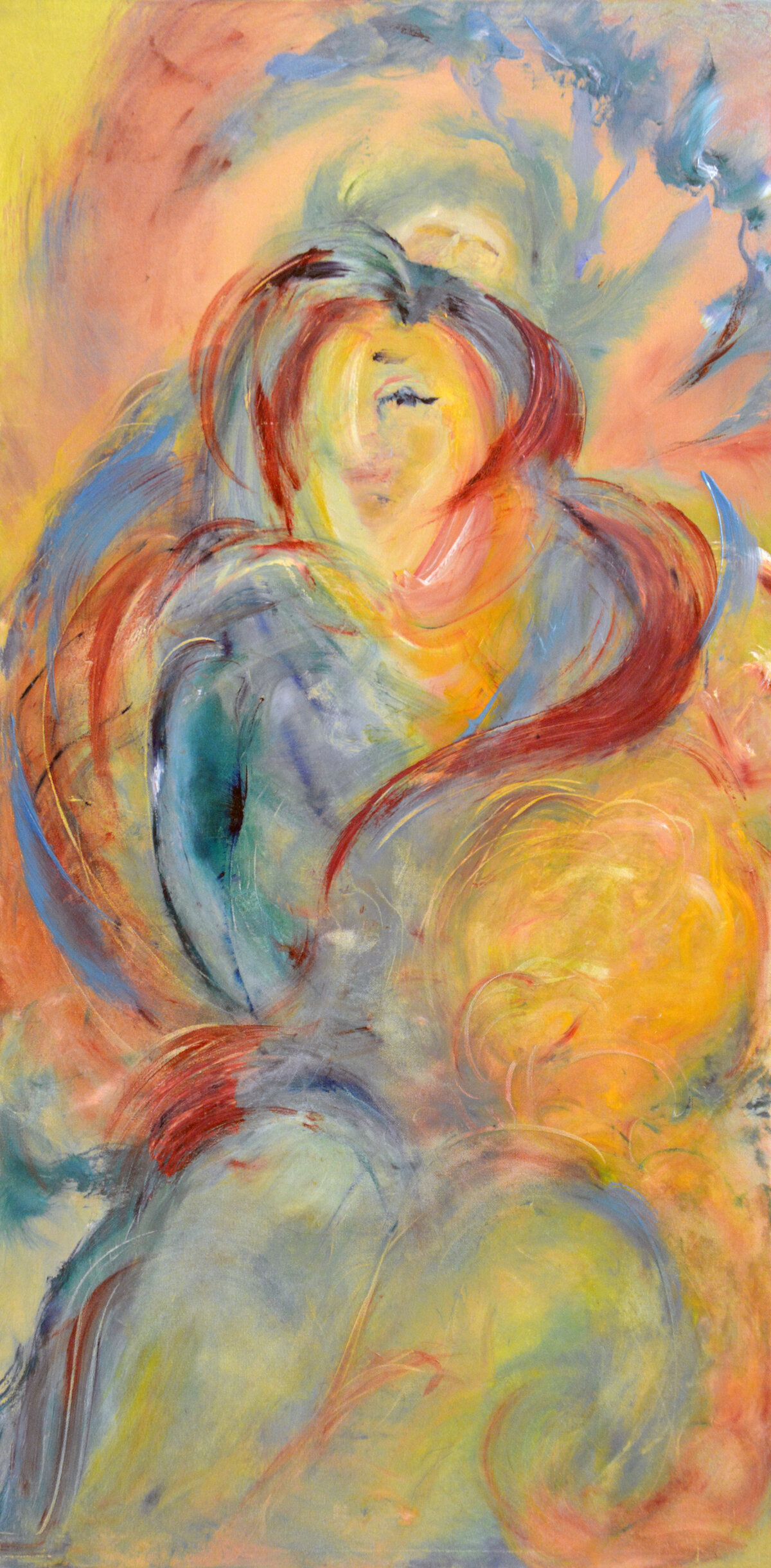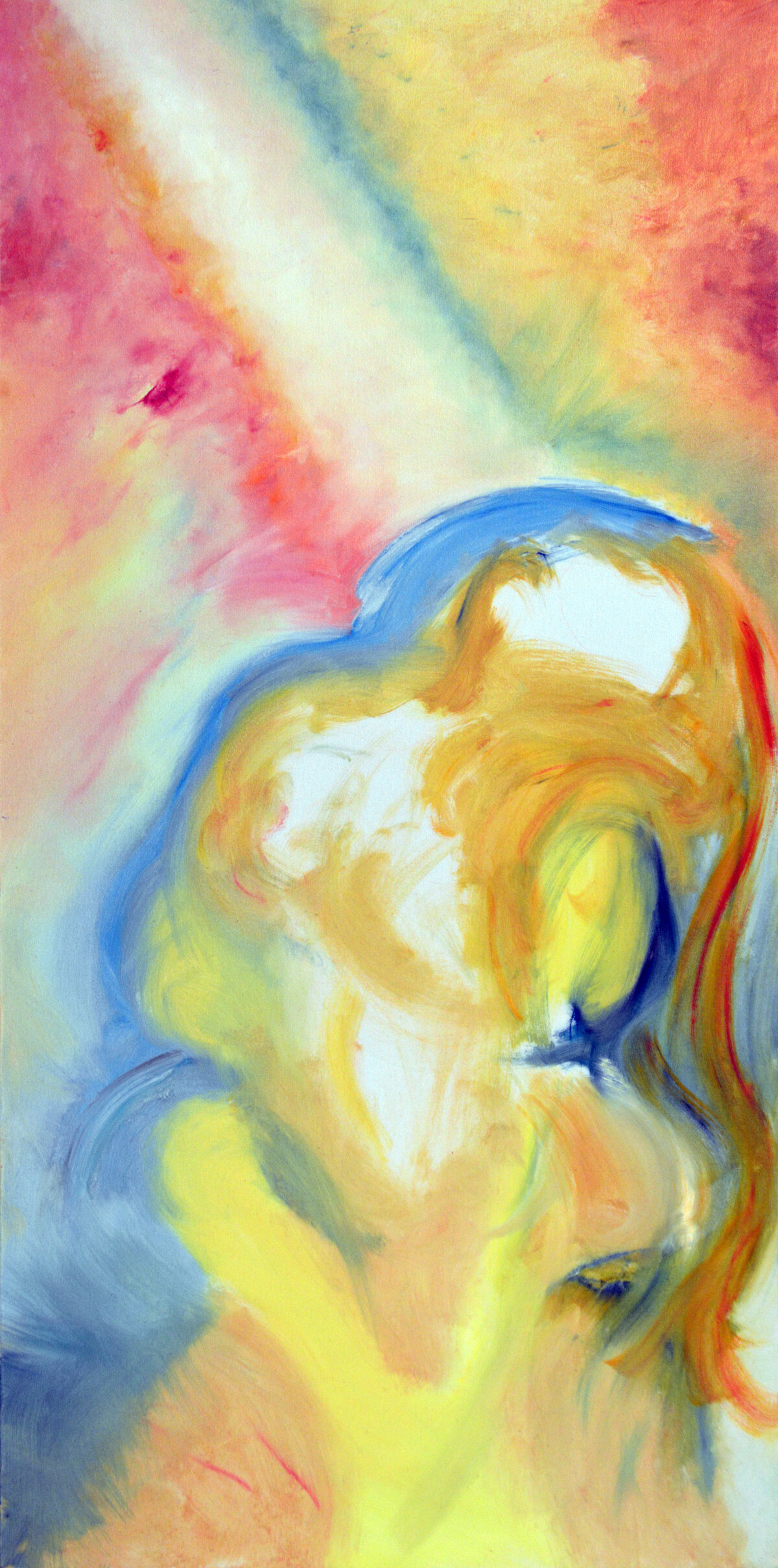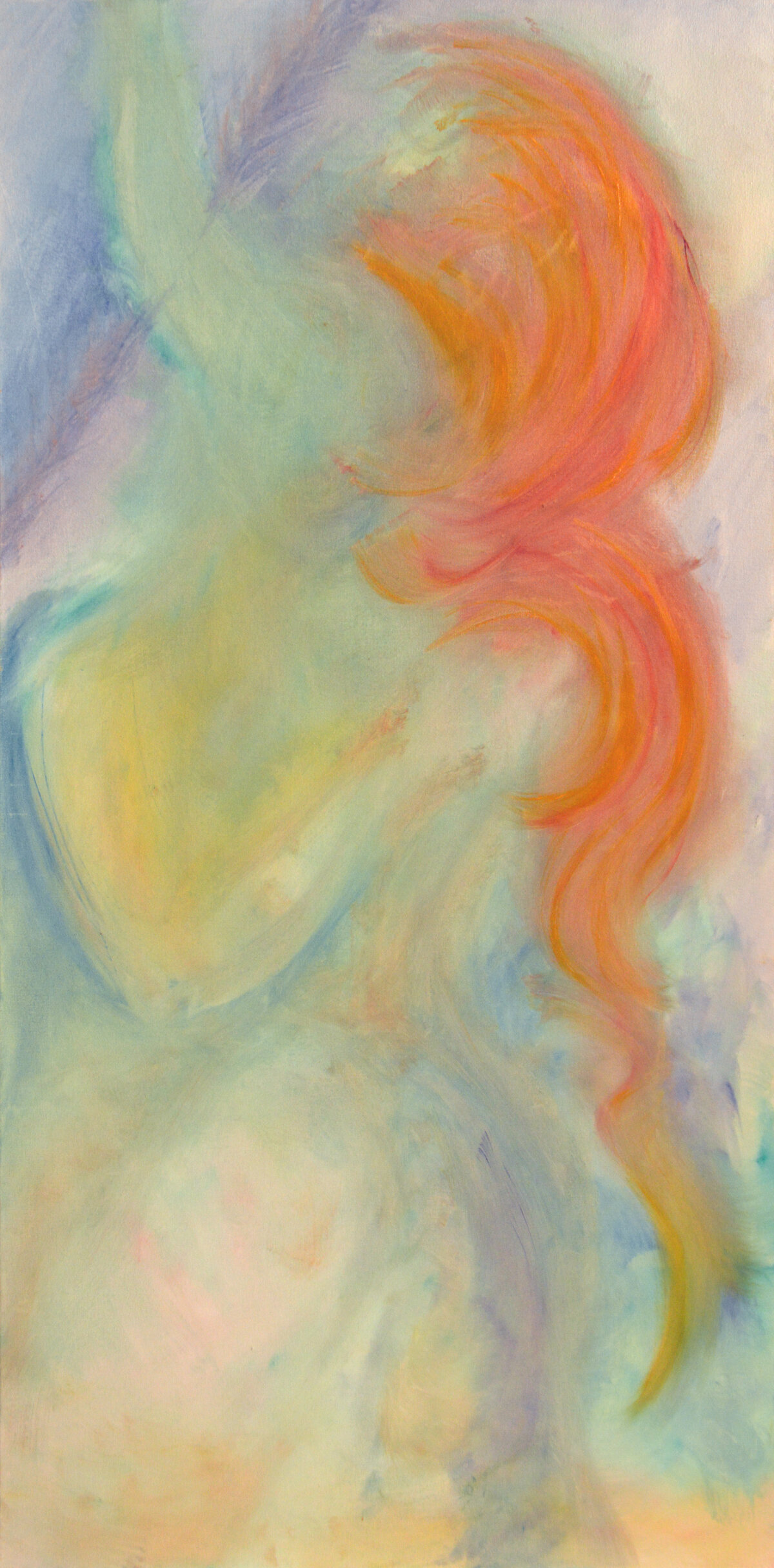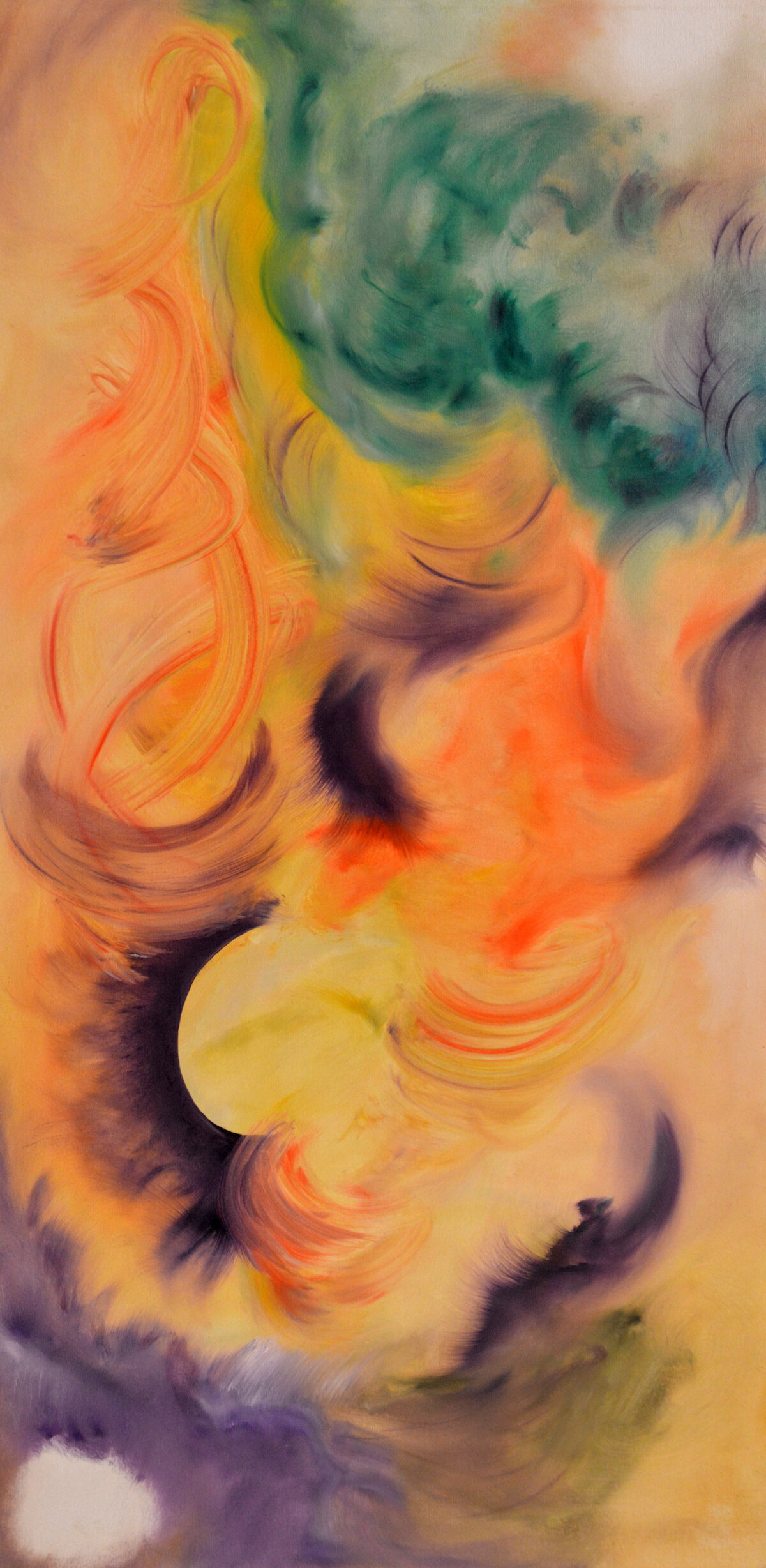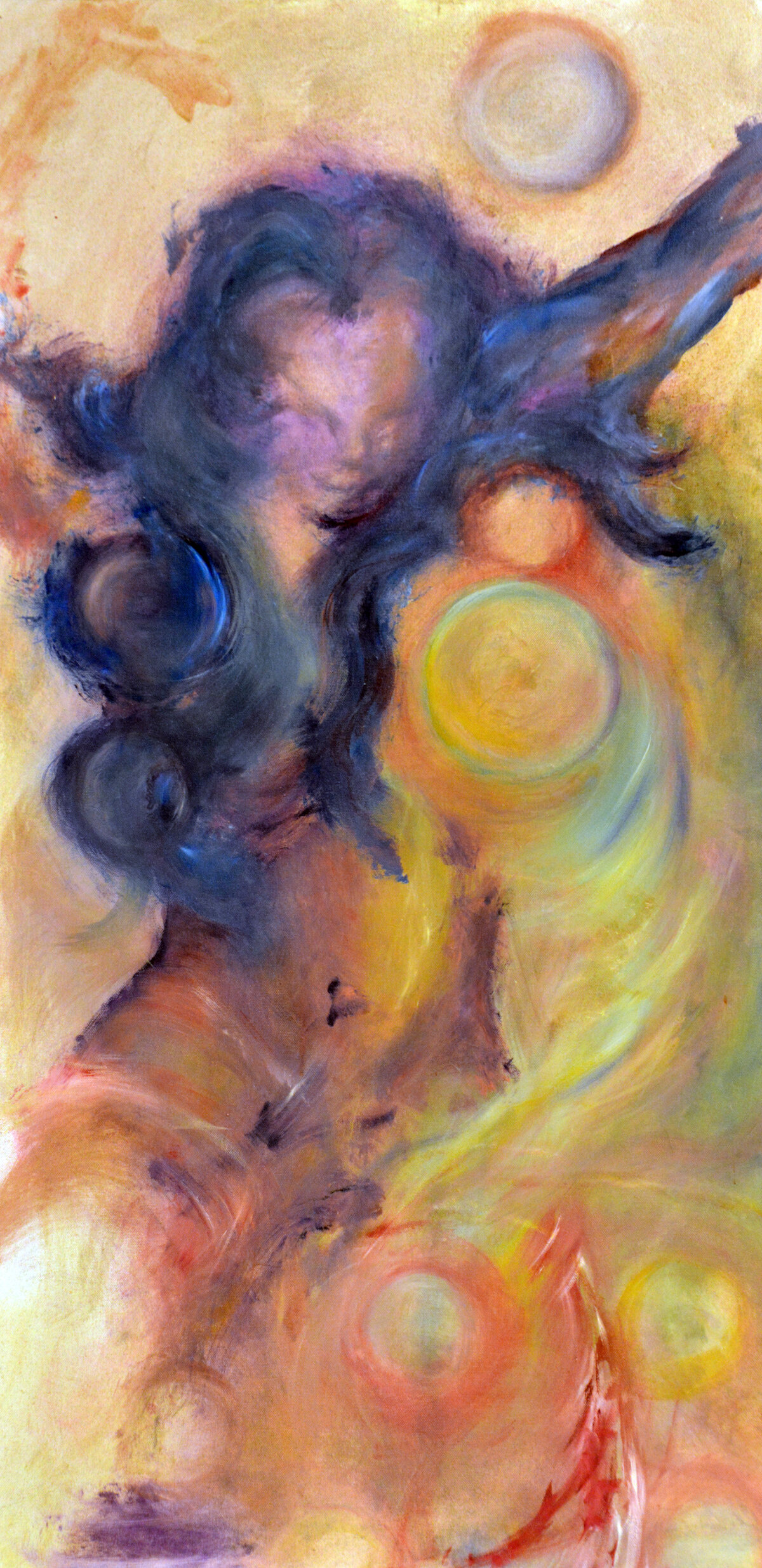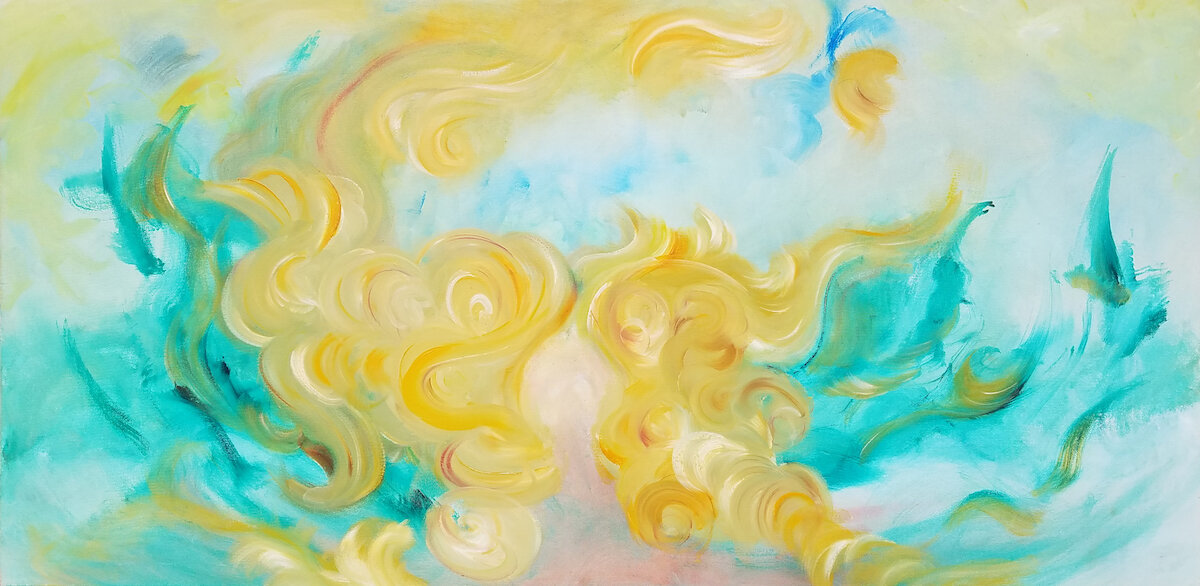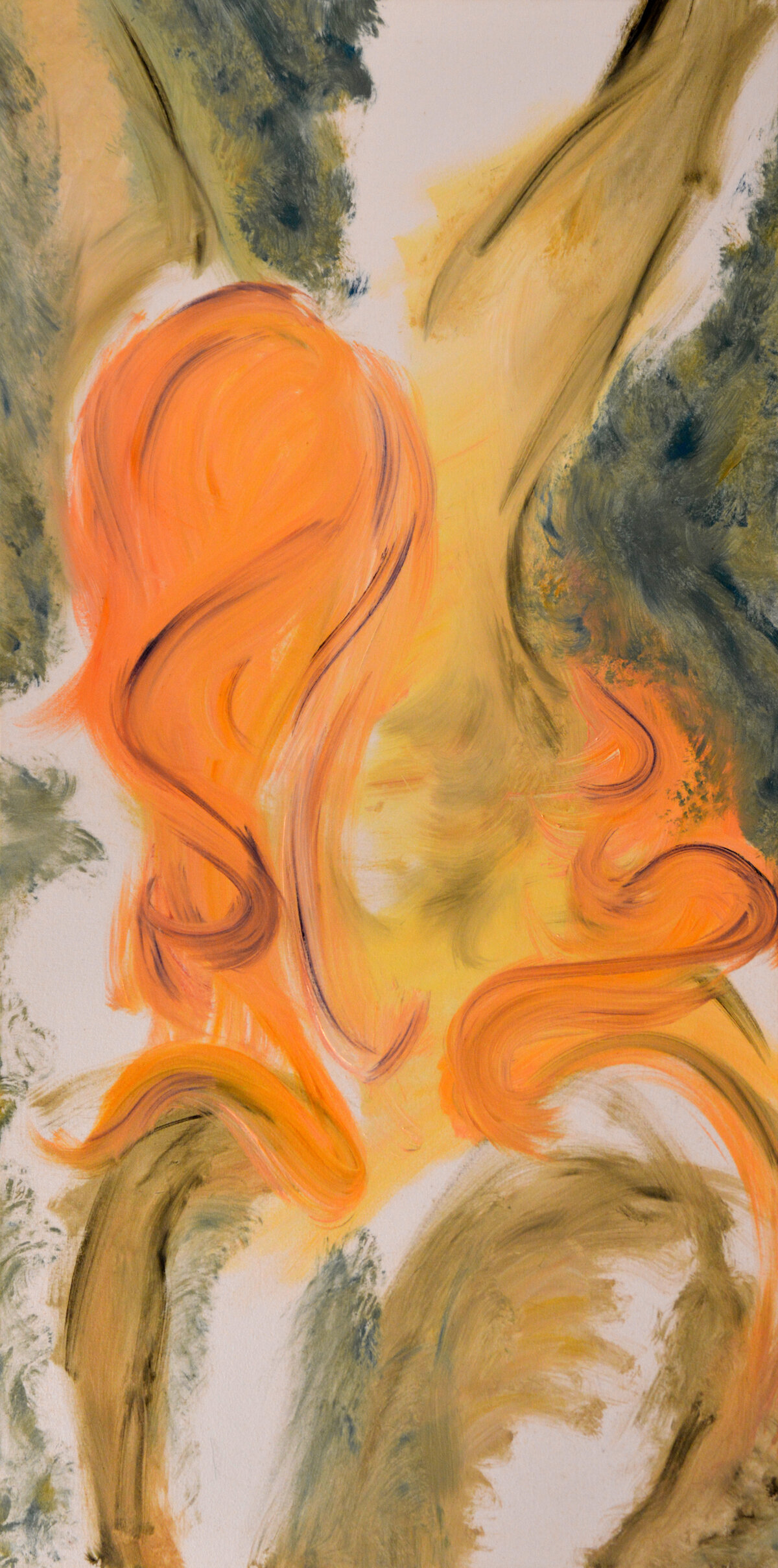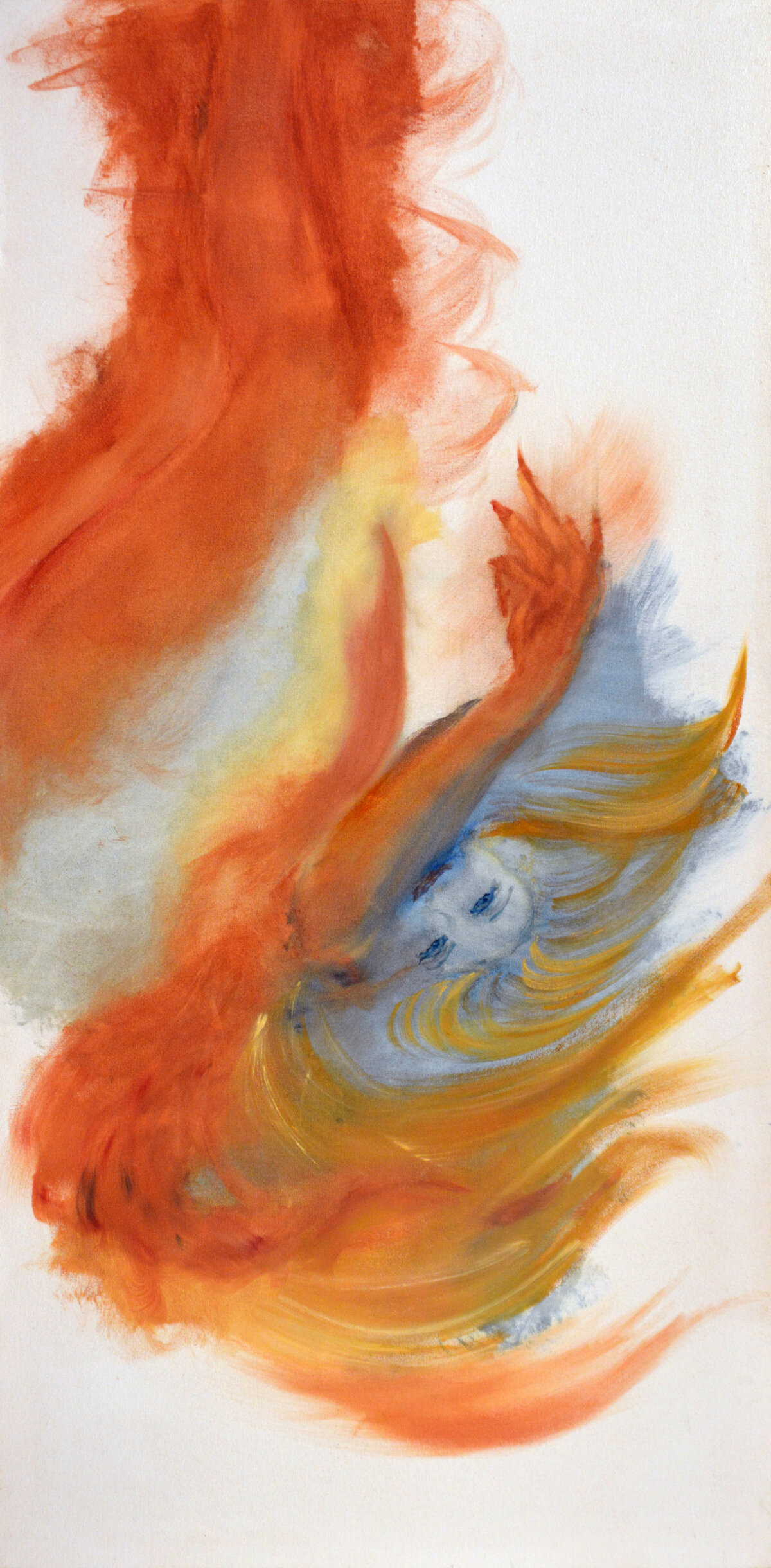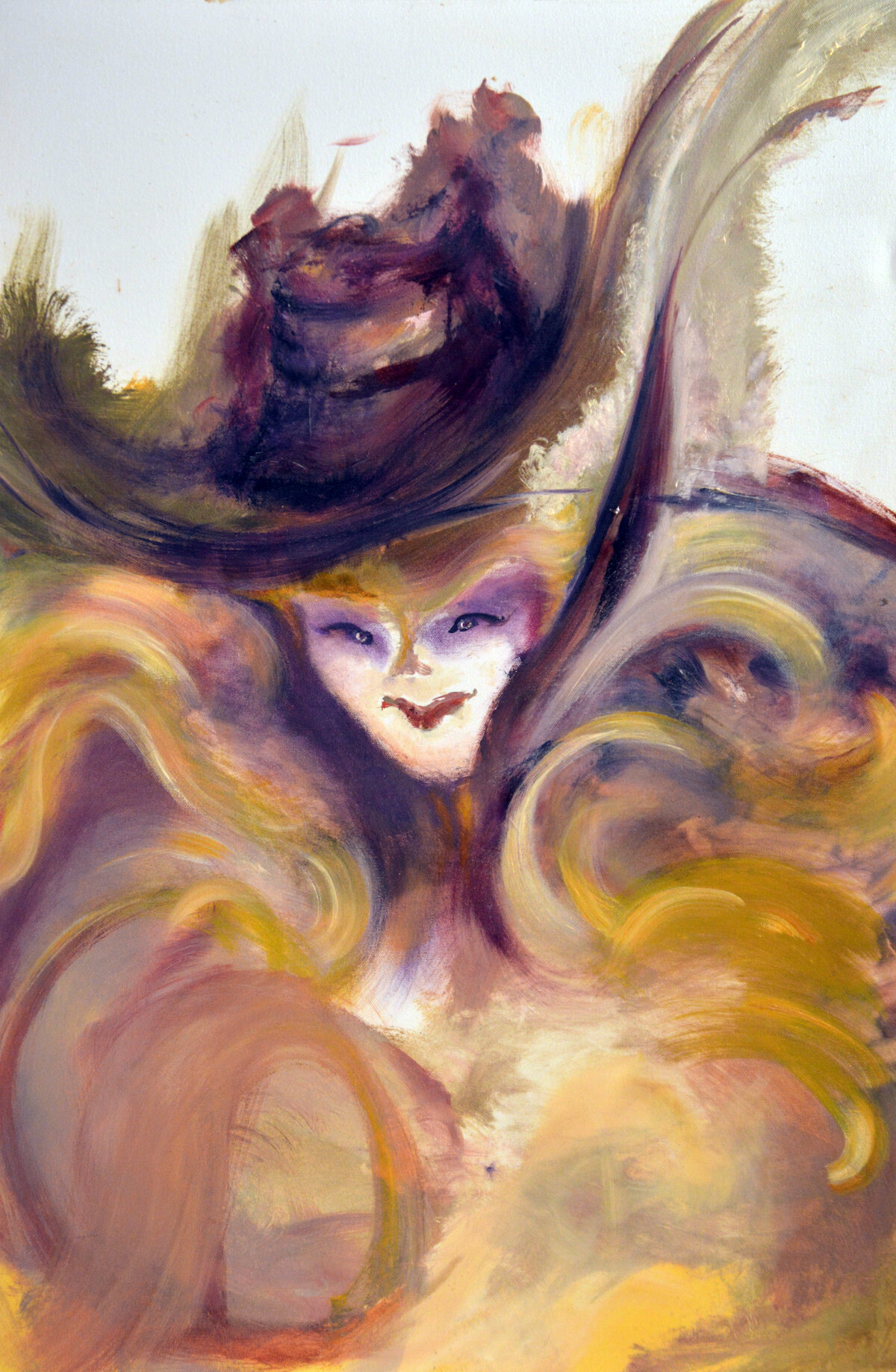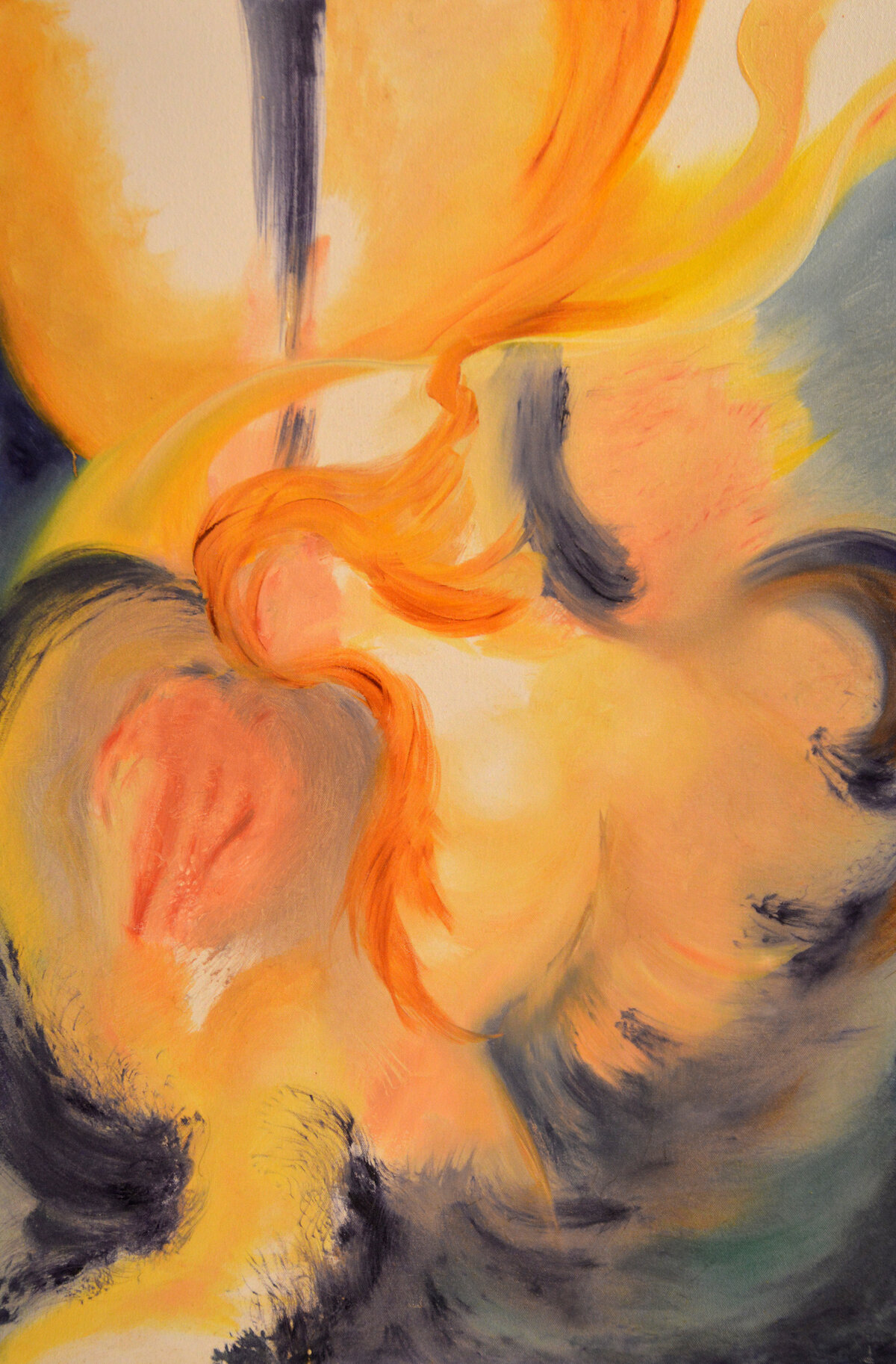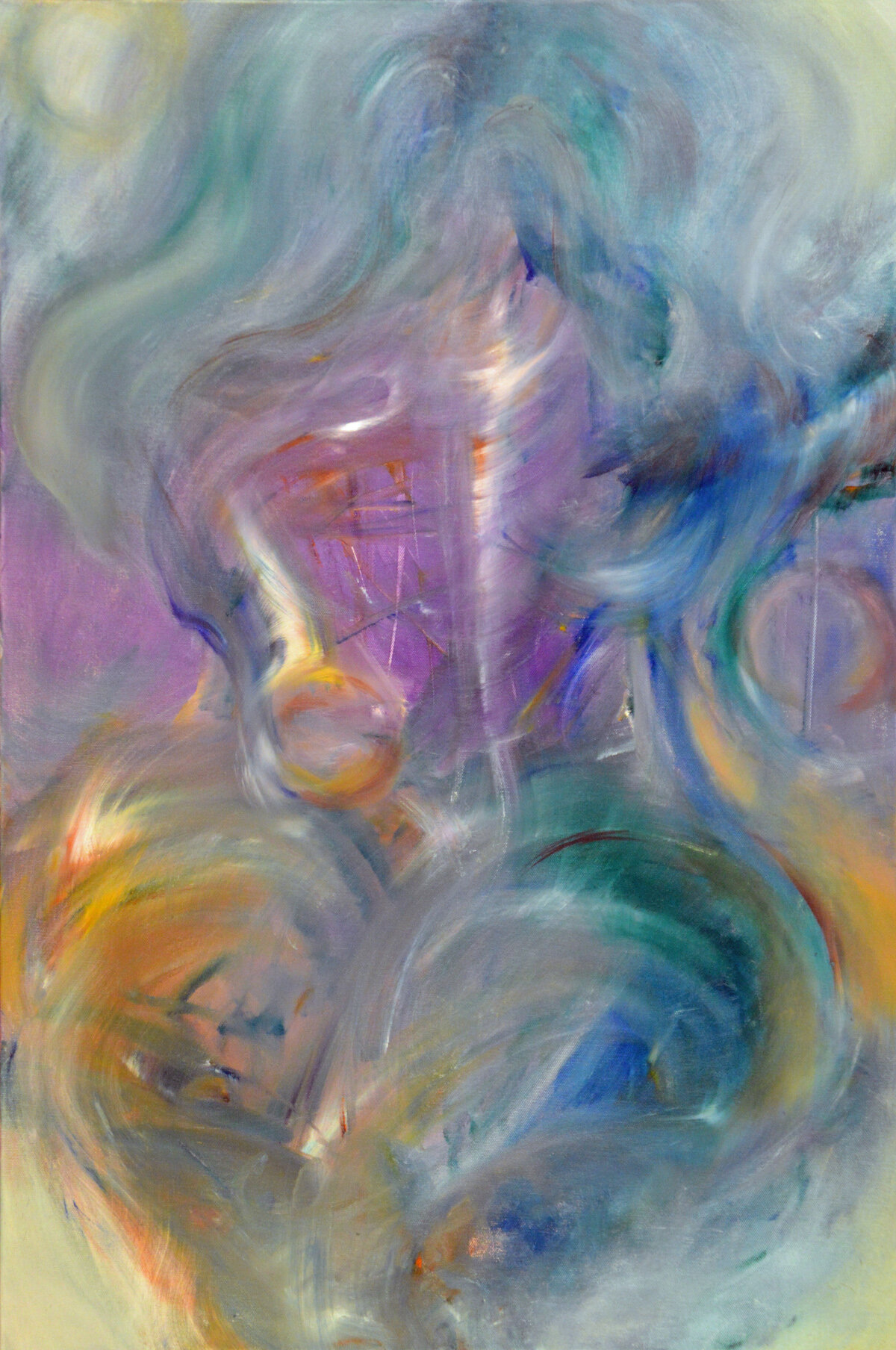Interview with Harry T. Burleigh
Harry T. Burleigh was initially inspired to sketch as a youngster when he saw the uniqueness in the designs on record album covers. Several years later, he attended his first art class as a junior in high school, where his teacher saw that he had a developing talent and encouraged him keep sharpening his skills. Many of these skills he sharpened in the margins of his notebooks during chemistry class.
From his youth, he had always believed that art could be produced from any idea or medium. Years would pass however, before he would feel that he had actually proven this to anyone. He became bored with representational art and the seemingly dull titles that accompanied so many of these images.
At the age of eighteen, Harry was accepted into the art program at West Virginia University. His philosophy at this time, was that it was wise to keep a pool of artistic influences, however foolish to compromise his own creative integrity in order to please the faculty.
Burleigh was constantly drawn to artists who's works involved beauty, strangeness, or emotion. While he did pay close attention to some of the greats, he often wondered why others had become so overrated. He also disagreed with the theory, that everything one might create has already been created in the past. Not so with surrealism he thought. Not so with abstracts, and while he wasn't intending to elicit a specific response from onlookers, he always had their subconscious impressions in the cross hairs. He later received a Bachelor of Fine Arts in Art.
After spending a year as a commercial artist for a local television station, Burleigh decided to stop doing art for others and to just do it for himself. This lead to an extended career in video production, where he found himself writing, producing, and directing. He would continue to do art on the side, but he never showed it to anyone for two decades.
In a twist of fate, while editing one day, Harry stumbled upon a new way to digitally combine imagery in a way that he had never seen it done before. He later tried the technique with a few of his old artistic works and found that it truly had merit.
Harry Burleigh's artwork has now been in the public eye since 2006, although he seldom shows it to the rest of the world. His immediate plans are to expand his body of work while refining some of his discovered techniques. In the end his intentions are to share his ideas openly so that other artists may benefit from and possibly improve upon them.
Could you please introduce yourself and tell us how you started in the arts? and your first experience in art-making?
My name is Harry T. Burleigh and I am an American artist residing in the tiny town of King George, Virginia. My initial inspiration for becoming an artist stems back to my childhood. I was born and raised in Clarksburg, West Virginia. In 1967, at the age of seven, mother had purchased a Bobbie Gentry album titled "Ode To Billie Joe." I was so captivated by her photo on the album cover that I felt a need to try and replicate it. My attempt was an abysmal failure, but I never lost the urge to keep trying.
By 1977, I was a junior in high school and attending my first art class. I took it very seriously because there was one guy in that class who was damn good at drawing and I was getting tired of hearing everyone rave about his work. The anal retentive monster of competitiveness had been awakened.
The first image that made my teacher raise a brow, was a small graphite sketch that I made of a boa constrictor. It was during this time when both my teacher and my parents started encouraging me to stick with it.
I later received a fine arts degree from West Virginia University.
How would you describe yourself and your artwork?
I don't really fall into any stereotypical molds, and in a similar fashion, neither does any of my imagery.
Over the years, I've spent countless hours working in various mediums, and while I've currently chosen a few that truly compliment my abilities, I still am of the notion that any material is fare game when it comes to expressing myself creatively. While I see the more common materials accepted for art competitions, I am constantly thinking of other source materials or more creative ways to combine the mundane ones in order to be visually stimulated. Much of my work does not fit within the realm of the norm.
I often wonder, with some of my abstract and surreal pieces, if anyone else can see what I see within them. It could be that they see nothing at all, other than color or texture. The art that I make is what truly moves me. If it moves others, that's great too, even if they are seeing something completely different within it.
Though the word ART dates back over hundreds of years, I truly believe that it is far too simple a term for what it has evolved into since it's inception.
Where do you get your inspiration from?
It would be easy to say that I am inspired by certain color combinations, sounds, feelings, or the sensual "S" curve, all of which is true. However, I have a mechanism within my soul, that for lack of a better explanation, seems to be on autopilot. It just knows when to grasp ideas, from sources that may be completely obscure, and knows exactly what to do with them. It doesn't matter where I am, who I'm with, or what the situation is. It just knows.
My ideas are truly vast. The weak link unfortunately, is my memory. If I don't somehow document my ideas at that fleeting moment, there is very little latency beyond. I use whatever is available, usually a smart phone or a pen and pad, in order to capture my thoughts before they drift off into thin air.
What emotions do you hope the viewers experience when looking at your art?
In a perfected universe, where all of the planets and stars are moving in synergy, I would be elated to know that anyone looking at my work would have, at the very least, the exact same or even better experiences and feelings that I had when I was making it. The likelihood of this happening however, would be similar to Fred Hoyle's impression of a tornado ripping through a scrapyard and assembling a Jumbo Jet.
This is not to say that all is not in divine order. We simply aren't living in a staid universe.
I have found over the years, that when I produce imagery of a darker nature, the viewer tends to be left with a less than savory impression. I would liken it to when I see a piece of art that's been produced with good materials and excellent craft, but the subject matter is nothing that I would feel comfortable about hanging on my own walls.
I have also observed the opposite reaction when people see that of my work which often flows and has a lighter appeal to it. Over the years I have learned that it's best to create when I am comfortable and in a uniquely positive state of mind. It is my belief that this cannot only be sensed in my work, but at times can actually be experienced by the viewer.
When do you know that an artwork is finished?
Getting a feel for when a piece of my work is completed certainly did not happen over night. It took years for me to tune in to this dilemma. Even after I did, I found that I could still ruin a piece of art if I had second thoughts and tried to improve upon it. It's truly crushing.
Now, at the very moment when I feel that nothing more needs to be added in order to convey the feeling of a particular piece, I stop.
What has been the most exciting moment in your art career so far?
In honesty, I can't really say that I've experienced that artistic moment yet. I've received a few certificates in on-line competitions, but I haven't really been discovered as an artist.
My career has actually consisted of producing and directing television over the past thirty years, so I simply do art on the side in order to wind down from the daily grind. To produce my art as a full-time job... Now that would be the most exciting moment!
I should mention however, that on several occasions, I have created a drawing or a painting, and either weeks or months later, experienced either visually or in a situational aspect exactly what I had depicted in the work of art. That's a bit of a brow raiser that I can't fully explain.
How long does it take to produce one work?
The length of time required ultimately depends on what medium I'm working in.
With oils, I try to complete a painting, usually over a period of several hours. If I'm tired however, I'll put down the brushes and come back the next day. That's the beauty of working in oils. I tend to make poor artistic decisions when I haven't had enough rest. If that universal channel of inspiration isn't flowing effortlessly onto the canvas, it's time to take a break.
Similarly, with digital art, it's a matter of how long I can stare at a computer screen and continue to make wise dicisions. I only produce digital art when I am using a method that I call Tertiary Compositing. This requires several physical pieces of art, a digital camera, and computer software. The results are small, but can be very beautiful.
With sculpture, I might take an afternoon, a day, or a month, as I usually only produce sculpture for my own amusement. I get a kick out of looking at a garage full of junk and knowing that I could strategically combine a number of pieces together with the tools that I have, and produce a piece of sculpture that would have artistic merit.
In the past, I worked a lot in graphite because I was terrified of working in color. Don't ask me why. Maybe because there were too many choices and I was indecisive. My graphite pieces were very therapeutic to produce so I never put a time limit on how many hours or days it took to complete one. They were also very intricate so I often spend days and sometimes weeks sketching them in my spare time.
What exciting projects are you working on right now? Can you share some of the future plans for your artwork?
The easy answer to this, is that I am continuing to expand my body of work. I will be picking up the brushes once again and starting to crank out some more originals.
A more exacting aspect of upcoming projects however, might be the further development of a method of visual compositing that I stumbled upon quite by accident. I was working as an editor in a television studio and found a unique way to combine imagery, which I later applied to some of my old paintings. The results were very surprising and in some cases truly amazing.
My future plans are to utilize some of these new additions in oils for the purpose of digital compositing, in order to both refine the method, and expand on my digital porfolio.
I will also be seeking representation so that I can present a portion of my work at one of the international Art Basels.
Do you have any upcoming events or exhibitions we should know about?
I have only ever physically exhibited my art on one occasion. This was in SoHo, New York City. I believe I displayed 22 oils and received a Grand Jury Award for Theosophical Surrealism.
I do however, have a couple of great exhibition ideas for for any industry moguls or promotional tycoons, who might wish to extend an invitation for a production meeting.
Where do you see your art going in five years?
The future is not something that I've ever been able to predict, although I do intend on getting back into fine art on a full-time basis. This may require an early retirement from my current situation, but I believe that the knowledge and skills that I've acquired in the industry will be an asset in the future experimentation and promotion of my art.
Website: www.artfulkryptonite.com


